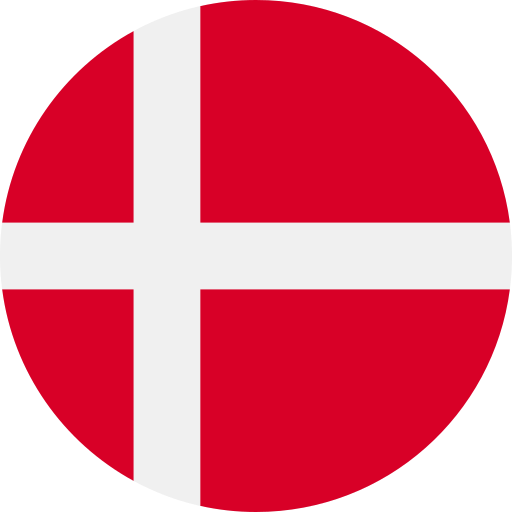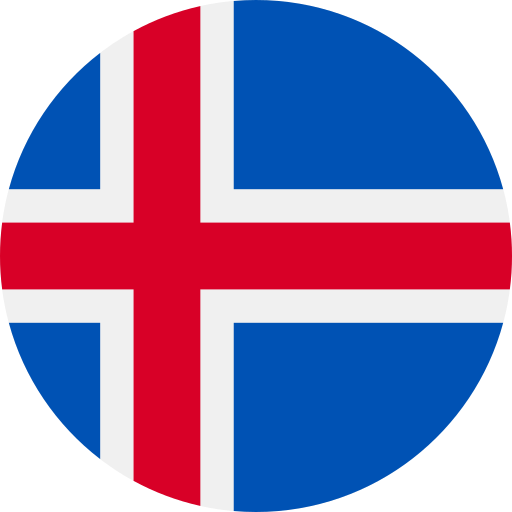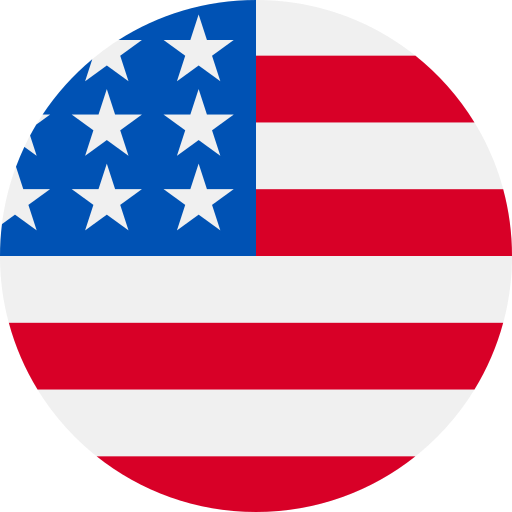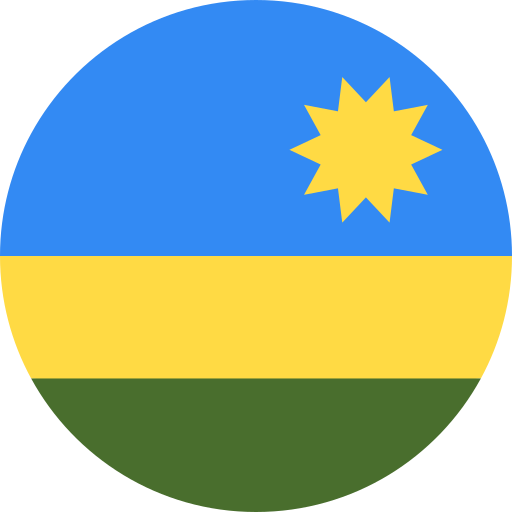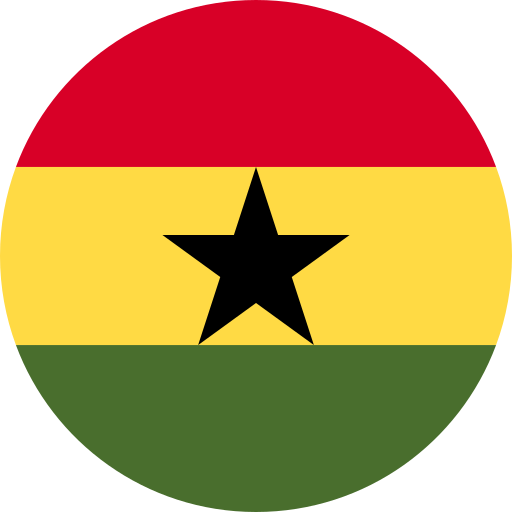This table provides metadata for the actual indicator available from Faroe Islands statistics closest to the corresponding global SDG indicator. Please note that even when the global SDG indicator is fully available from Faroese statistics, this table should be consulted for information on national methodology and other Faroese-specific metadata information.
Text answer
Important sites for biodiversity are not formally identified in The Faroe Islands. All lakes and rivers are protected according to The Conservation of Nature Act which also protects the three sites Mølheyggjar on Sandoy, Fja llavatn on Vágoy and Leynavatn on Streymoy. See how this indicator is developing in other countries
See how this indicator is developing in other countries
This table provides information on metadata for SDG indicators as defined by the UN Statistical Commission. Complete global metadata is provided by the UN Statistics Division.
| Indicator |
Indicator 15.1.2: Proportion of important sites for terrestrial and freshwater biodiversity that are covered by protected areas, by ecosystem type |
|---|---|
| Target |
Target 15.1: By 2020, ensure the conservation, restoration and sustainable use of terrestrial and inland freshwater ecosystems and their services, in particular forests, wetlands, mountains and drylands, in line with obligations under international agreements |
| Metadata update |
2024-07-29 |
| International organisations(s) responsible for global monitoring |
BirdLife International (BLI) International Union for Conservation of Nature (IUCN) UN Environment Programme World Conservation Monitoring Centre (UNEP-WCMC) UN Environment Programme |
| Related indicators |
Other relevant indicators include: SDG 14.5.1 Coverage of protected areas in relation to marine areas. SDG 15.4.1 Coverage by protected areas of important sites for mountain biodiversity. |
| Link to UN metadata | Metadata on this indicator opens in a new window |
